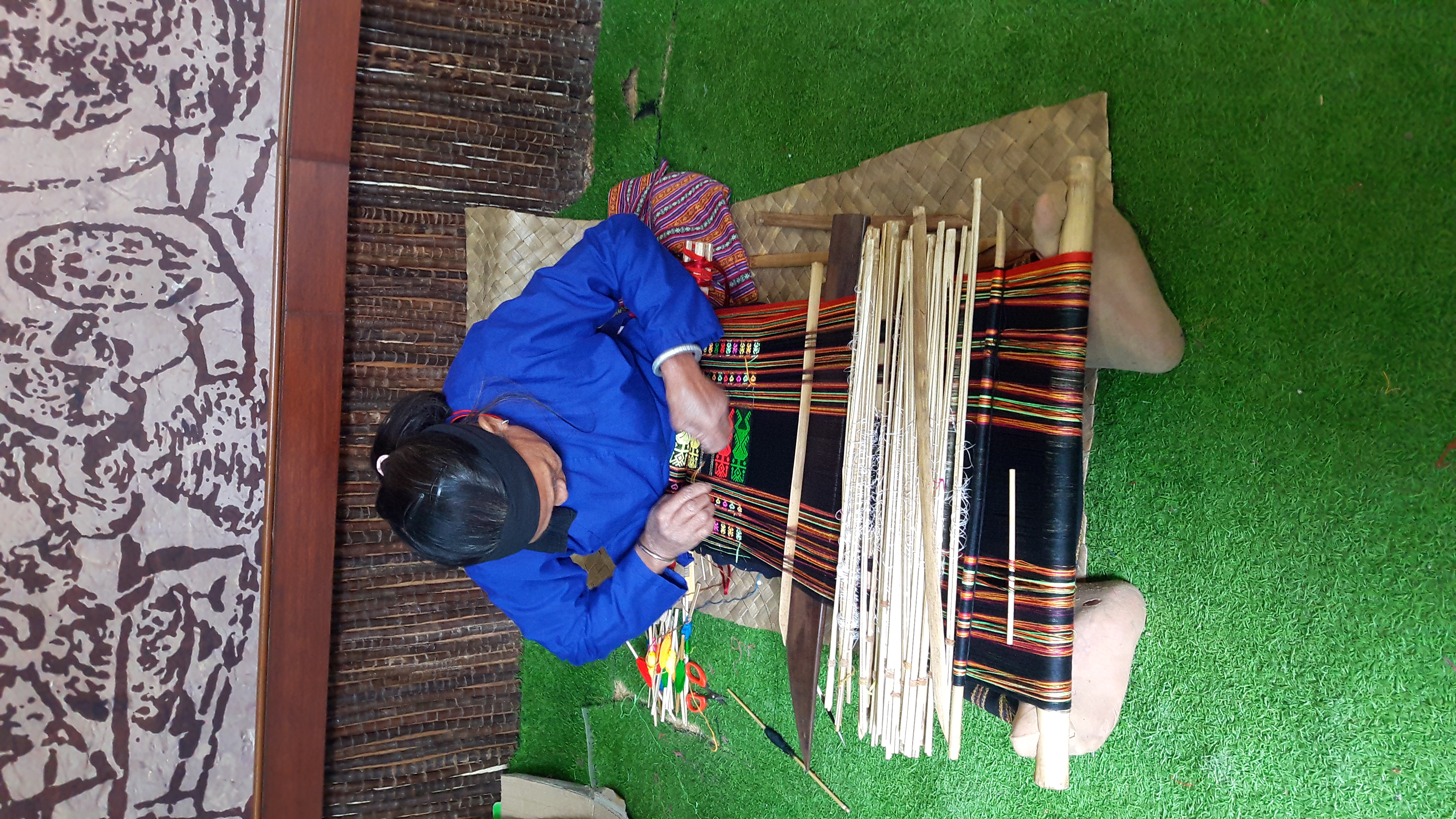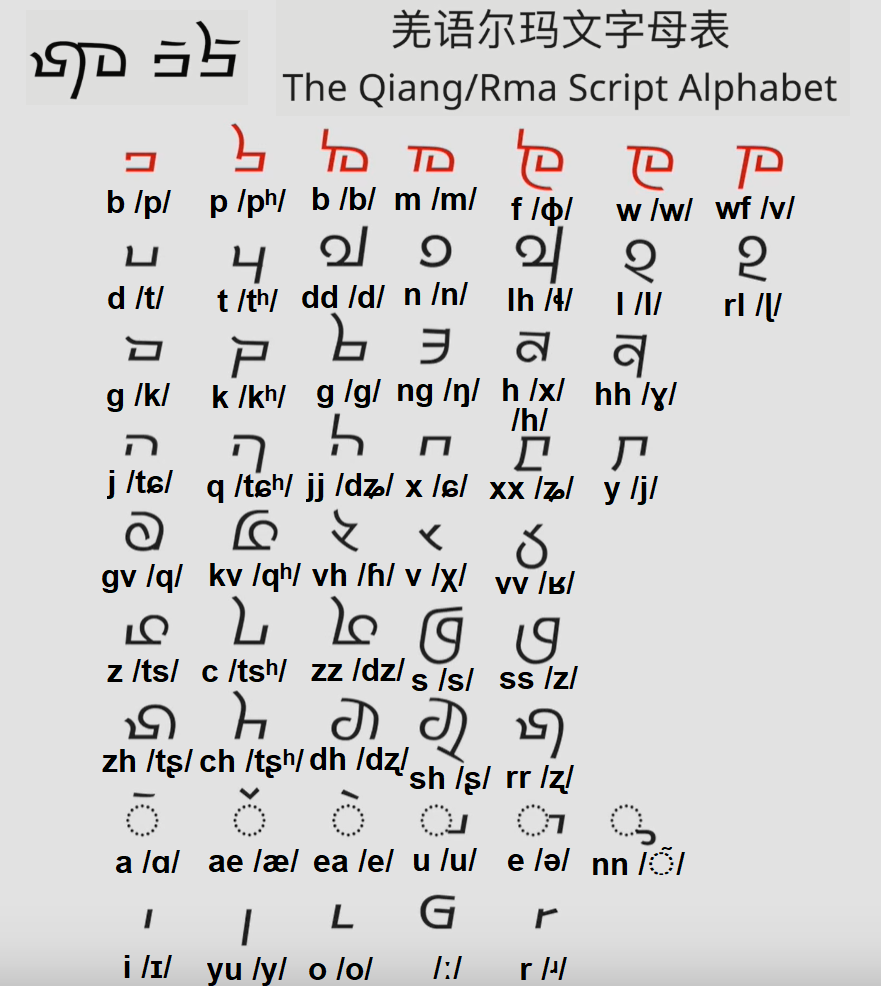|
Unrecognized Ethnic Groups In China
A number of ethnic groups of the People's Republic of China are not officially recognized. Taken together, these groups () would constitute the twentieth most populous ethnic group of China. Some scholars have estimated that there are over 200 distinct ethnic groups that inhabit China, compared to 56 groups are officially recognized. There are in addition small distinct ethnic groups that have been classified as part of larger ethnic groups that are officially recognized. Some groups, like the Hui of Xinjiang with the Hui of Fujian, are geographically and culturally separate, except for the shared belief of Islam. Han Chinese, being the world's largest ethnic group, has a large diversity within it, such as in Gansu, whose Han individuals may have genetic traits from the assimilated Tangut civilization. Although they are indigenous to Hainan island and do not speak a Chinese language, the Limgao ( Ong-Be) people near the capital (8% of the population) are counted as Han Chinese. ... [...More Info...] [...Related Items...] OR: [Wikipedia] [Google] [Baidu] |
List Of Ethnic Groups In China
China's population consists of 56 ethnic groups, not including some ethnic groups from Taiwan. The Han people are the largest ethnic group in mainland China. In 2010, 91.51% of the population were classified as Han (~1.2 billion). Besides the Han Chinese majority, 55 other ethnic (minority) groups are categorized in present China, numbering approximately 105 million people (8%), mostly concentrated in the bordering northwest, north, northeast, south and southwest but with some in central interior areas. The major minority ethnic groups in China are Zhuang (16.9 million), Hui (10.5 million), Manchu (10.3 million), Uyghur (10 million), Miao (9.4 million), Yi (8.7 million), Tujia (8.3 million), Tibetan (6.2 million), Mongolian (5.9 million), Dong (2.8 million), Buyei (2.8 million), Yao (2.7 million), Bai (1.9 million), Korean (1.8 million), Hani (1.6 million), Li (1.4 million), Kazakh (1.4 million) and Dai (1.2 million). At least 126,000 people from Canada, the U ... [...More Info...] [...Related Items...] OR: [Wikipedia] [Google] [Baidu] |
Waxiang People
The Waxiang people () are an unrecognized ethnic group living along the Yuanjiang River in western Hunan, China. They call themselves Huaxiang people (IPA::/wa33 ɕioŋ55/) and they speak Waxiang Chinese. Compared to the Han, Miao and Tujia people of the region, they are very different in terms of clothing, food, living, farming and other cultural norms. Population and distribution The Waxiang people are an unrecognized ethnic group in China, with a population of about 400,000. Currently, the views of scholars and the Chinese government are usually that Waxiang Chinese, the main language used by Waxiang people, is in the Mandarin subdivision of the Chinese language. The Waxiang people are usually situated in the Hunan province of China. Ethnic group designation Many of the Waxiang people are designated as Miao, while some are designated as Tujia or Han. However, no matter the designated ethnic group, most of them have recognition to the Waxiang ethnic group, and hope to ed ... [...More Info...] [...Related Items...] OR: [Wikipedia] [Google] [Baidu] |
Li People
The Hlai, also known as Li or Lizu, are a Kra–Dai-speaking ethnic group, one of the 56 ethnic groups officially recognized by the People's Republic of China. The vast majority live off the southern coast of China on Hainan Island, where they are the largest minority ethnic group. Divided into the five branches of the Qi (Gei), Ha, Run (Zwn), Sai (Tai, Jiamao) and Meifu (Moifau), the Hlai have their own distinctive culture and customs. Names 黎 (Lí), which was pronounced /lei/ in Middle Chinese is the Chinese transcription of their native name, which is Hlai. They are sometimes also known as the "Sai" or "Say". During China's Sui Dynasty, their ancestors were known by various names, including ''Lǐliáo'' (), a general term encompassing several non-Han ethnic groups in Southern China. The name Li first is recorded during the Later Tang period (923–937 CE). History Liang & Zhang (1996:18-21) believe that the original homeland of the Hlai languages was the Leizho ... [...More Info...] [...Related Items...] OR: [Wikipedia] [Google] [Baidu] |
Qiang Language
Qiang language, referred as Rma (尔玛) or Rme by its speakers, is a Sino-Tibetan language cluster of the Qiangic branch spoken by approximately 140,000 people in north-central Sichuan Province, China. Qiang consists of: *Northern Qiang language (a non-tonal language) * Southern Qiang language (a tonal language) Writing system In 2017, the Rma script, invented by Wei Jiuqiao (), was officially finalized and has been accepted by many Qiang people as the first ever official writing system for their language. There is no published information regarding to whether the script is compatible for both the Northern Qiang language and the Southern Qiang language or if it is only compatible for one of the languages. The writing system has also been given a preliminary proposal to encode it to the Universal Character Set of Unicode. Consonants Vowels Classification Sims (2016) gives the following classification for the "Qiangish" (or "Rma") languages, which include Northern Qi ... [...More Info...] [...Related Items...] OR: [Wikipedia] [Google] [Baidu] |
Gyalrong Language
Gyalrong or rGyalrong (), also rendered Jiarong (), or sometimes Gyarung, is a subbranch of the Gyalrongic languages spoken by the Gyalrong people in Western Sichuan, China. Lai et al. (2020) refer to this group of languages as East Gyalrongic. Name The name ''Gyalrong'' is an abbreviation of Tibetan , ''shar rgyal-mo tsha-ba rong'' , "the hot valleys of the queen", to which the queen being Mount Murdo (in Tibetan, ''dmu-rdo'').Prins, Marielle. 2011. A web of relations: A grammar of rGyalrong Ji omùzú, p. 18. Mount Murdo is in the historical region of Kham, now mostly located inside Ngawa Tibetan and Qiang Autonomous Prefecture in Sichuan. This Tibetan word is transcribed in Chinese as 嘉绒 or 嘉戎 or 嘉荣, ''jiāróng''. It is pronounced by speakers of Situ. It is a place-name and is not used by the people to designate their own language. The autonym is pronounced in Situ and in Japhug. The Gyalrong people are the descendents of former Tibetan warriorsat the borde ... [...More Info...] [...Related Items...] OR: [Wikipedia] [Google] [Baidu] |
Ngawa Tibetan And Qiang Autonomous Prefecture
Ngawa Tibetan and Qiang Autonomous Prefecture, also known as Aba (; Qiang: ; ), is an autonomous prefecture of northwestern Sichuan, bordering Gansu to the north and northeast and Qinghai to the northwest. Its seat is in Barkam, and it has an area of . The population was 919,987 in late 2013. The county of Wenchuan in Ngawa is the site of the epicenter of the 2008 Sichuan earthquake, in which over 20,000 of its residents died and 40,000 were injured. History and names During the reign of Tibet's king Trisong Deutsen in the 8th century, the Gyalrong area was visited by the great translator Vairotsana. In 1410 Je Tsongkhapa's student Tshakho Ngawang Tapa established the first Tibetan Buddhist Gelug school monastery in the area, called "Gyalrong". In contemporary history, most of Ngawa was under the 16th Administrative Prefecture of Szechwan (), which was established by the Republic of China (ROC). The People's Republic of China defeated ROC troops in this area during Chinese ... [...More Info...] [...Related Items...] OR: [Wikipedia] [Google] [Baidu] |
Gyalrong People
Gyalrong people (Tibetan: རྒྱལ་རོང, Chinese:嘉绒), also called Jiarong, rGyalrong, are speakers of the Qiangic Gyalrong language who live in the southern part of Ngawa Tibetan and Qiang Autonomous Prefecture of Sichuan, China. They are also found in Danba County of Garze Prefecture. The word Gyalrong is an exo-ethnonym and loanword from the Tibetan word ''rGyal-mo tsha-wa rong''.Prins, Marielle. 2011. A web of relations: A grammar of rGyalrong Ji omùzú, p. 18. The Gyalrong refer to themselves as Keru. During the Ming and Qing dynasties, Gyalrong were ruled by local Tusi (土司). In 1746, Slob Dpon, the Tusi of Greater Jinchuan, was trying to unite tribes in Sichuan, forcing the Qing dynasty to launch campaigns to suppress them. After 1950, the People's Republic of China classified them as a sub-group of the Tibetan people. Famous Gyalrong * Sanggyai Yexe, communist official. *Sonom Gyalrong kingdoms * Kingdom of Chakla (Dartsedo) *Kingdom of Trokyap (C ... [...More Info...] [...Related Items...] OR: [Wikipedia] [Google] [Baidu] |
Mongols
The Mongols ( mn, Монголчууд, , , ; ; russian: Монголы) are an East Asian ethnic group native to Mongolia, Inner Mongolia in China and the Buryatia Republic of the Russian Federation. The Mongols are the principal member of the large family of Mongolic peoples. The Oirats in Western Mongolia as well as the Buryats and Kalmyks of Russia are classified either as distinct ethno-linguistic groups or subgroups of Mongols. The Mongols are bound together by a common heritage and ethnic identity. Their indigenous dialects are collectively known as the Mongolian language. The ancestors of the modern-day Mongols are referred to as Proto-Mongols. Definition Broadly defined, the term includes the Mongols proper (also known as the Khalkha Mongols), Buryats, Oirats, the Kalmyk people and the Southern Mongols. The latter comprises the Abaga Mongols, Abaganar, Aohans, Baarins, Chahars, Eastern Dorbets, Gorlos Mongols, Jalaids, Jaruud, Kharchins, Khishigt ... [...More Info...] [...Related Items...] OR: [Wikipedia] [Google] [Baidu] |
Torghut
The Torghut ( Mongolian: Торгууд, , Torguud), , "Guardsman" are one of the four major subgroups of the Four Oirats. The Torghut nobles traced its descent to the Keraite ruler Tooril; also many Torghuts descended from the Keraites. History They might have been kheshigs of the Great Khans before Kublai Khan. The Torghut clan first appeared as an Oirat group in the mid-16th century. After the collapse of the Four Oirat Alliance, the majority of the Torghuts under Kho Orluk separated from other Oirat groups and moved west to the Volga region in 1630, forming the core of the Kalmyks. A few Torghut nobles followed Toro Baikhu Gushi Khan to Qinghai Lake (Koke Nuur), becoming part of the so-called Upper Mongols. In 1698, 500 Torghuts went on pilgrimage to Tibet but were unable to return. Hence, they were resettled in Ejin River by the Kangxi Emperor of China's Qing dynasty. In 1699 15,000 Torghut households returned from the Volga region to Dzungaria where they joined the ... [...More Info...] [...Related Items...] OR: [Wikipedia] [Google] [Baidu] |
Yongshun County
Yongshun County () is a county of Hunan Province, China. It is under the administration of Xiangxi Autonomous Prefecture. Located on the western part of Hunan and the northeastern Xiangxi, the county is bordered to the northeast by Sangzhi County, to the east by Yongding District of Zhangjiajie City, to the southeast by Yuanling County, to the south by Guzhang County, to the southwest by Baojing County, to the west by Longshan County. Yongshun County covers , as of 2015, It had a registered population of 538,200 and a resident population of 448,500.about the population of Yongshun County in 2015, according to the oahmhxc.com/ref> The county has 12 towns and 11 townships under its jurisdiction, the county seat is Lingxi Town ().the divisions of Yongshun County in 2015, according to the , also see oxinhuanet.com/ref> Settlements Settlements in Yongshun county include: * Longjiazhai * Qingtianping * Shidixi Shidi () is a small town in Yongshun County, in the north west Hu ... [...More Info...] [...Related Items...] OR: [Wikipedia] [Google] [Baidu] |




